Other
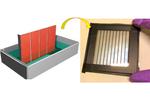
“A new, simpler solution for fabricating stable perovskite solar cells overcomes the key bottleneck to large-scale production and commercialization of this promising renewable-energy technology, which has remained tantalizingly out of reach for more than a decade. “Our work paves the …

“Light-emitting diodes (LEDs) have revolutionized the displays industry. LEDs use electric current to produce visible light without the excess heat found in traditional light bulbs, a glow called electroluminescence. This breakthrough led to the eye-popping, high-definition viewing experience we’ve …
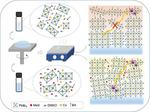
“Energy-efficient light-emitting diodes (LEDs) have been used in our everyday life for many decades. But the quest for better LEDs, offering both lower costs and brighter colours, has recently drawn scientists to a material called perovskite. A recent joint-research project …

“Combining two light-absorbing materials and optimizing the flow of current improves the performance of solar cells. Two types of materials are better than one when it comes to solar cells, as revealed by an international team that has tested a …
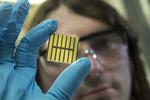
“Efficient Materials for Future Solar Cells – New Model to Determine Photoluminescence Quantum Efficiency Perovskite semiconductors are considered promising materials for solar cells of the next generation. Suitability of a semiconductor for photovoltaics is reflected among others by the so-called photoluminescence …
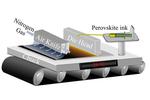
“A long-cherished dream of materials researchers is a solar cell that converts sunlight into electrical energy as efficiently as silicon, but that can be easily and inexpensively fabricated from abundant materials. Scientists at the Helmholtz-Zentrum Berlin have now come a …

“By using 3D aerosol jet-printing to put perovskites on graphene, scientists at EPFL have made X-ray detectors with record sensitivity that can greatly improve the efficiency and reduce the cost and health hazard of medical imaging devices. Since Wilhelm Röntgen …
News NTU Singapore researchers develop flexible crystal, paving the way for more efficient bendable electronics
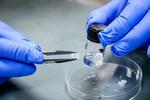
“A team of researchers led by Nanyang Technological University, Singapore (NTU Singapore) has developed a new material, that when electricity is applied to it, can flex and bend forty times more than its competitors, opening the way to better micro …
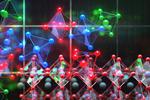
“Reducing internal losses could pave the way to low-cost perovskite-based photovoltaics that match silicon cells’ output. Perovskites are a leading candidate for eventually replacing silicon as the material of choice for solar panels. They offer the potential for low-cost, low-temperature …
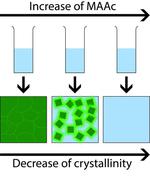
“AMOLF researchers Erik Garnett, Susan Rigter, and colleagues are the first to have irrefutably demonstrated that amorphous perovskite exists. The material can significantly increase the efficiency of solar cells produced from perovskite. The research is published today online in the …
